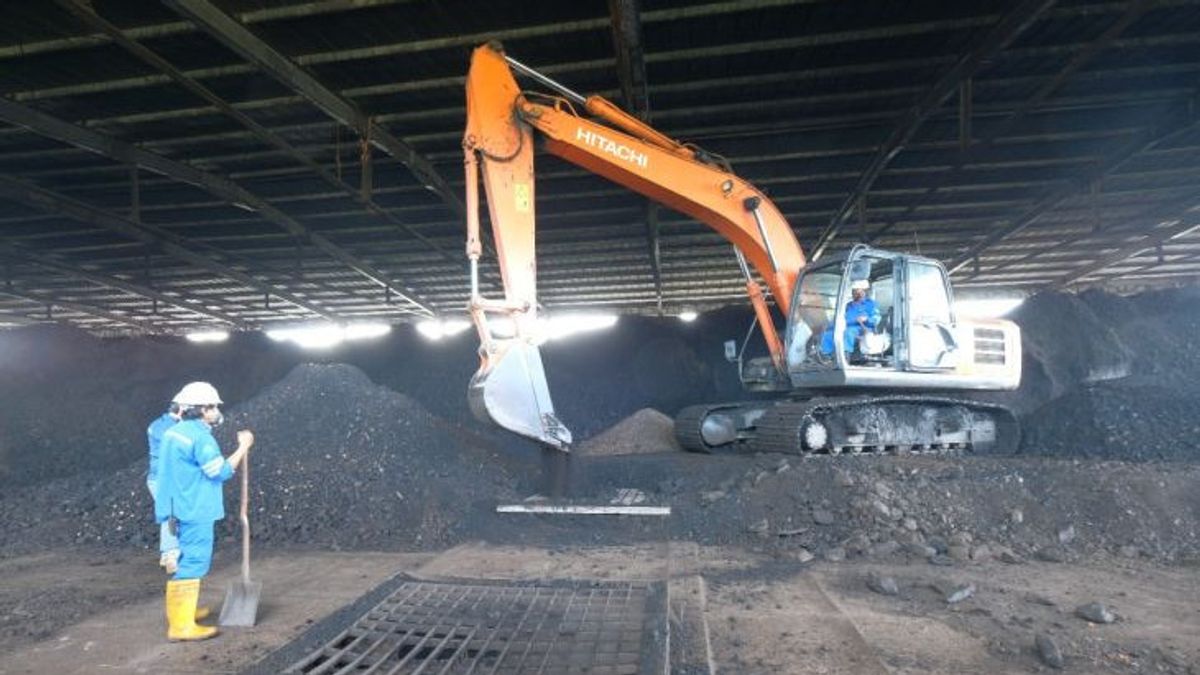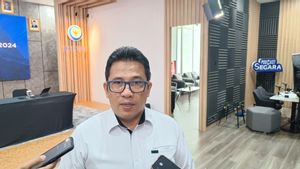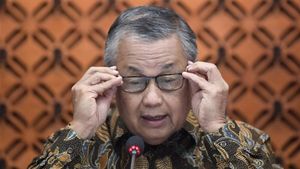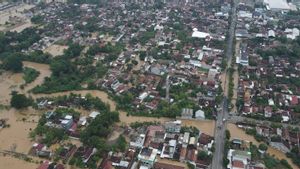JAKARTA - PT PLN (Persero)'s step by adopting co-firing technology is not only to accelerate the fulfillment of the energy mix target of 23 percent by 2025 but is also expected to be able to move the wheels of the economy as part of a circular economy.
Until 2025, PLN targets to implement co-firing of 52 steam power plants (PLTU) as one of the short-term efforts to reduce carbon emissions.
However, for PLN, this co-firing technology also invites the community to be actively involved in planting biomass plants, as well as managing household waste to be used as a fuel mixture for PLTU plants.
PLN President Director, Darmawan Prasodjo explained, through the Social and Environmental Responsibility Program (TJSL), PLN has also prepared five community empowerment programs to manage waste as raw material for co-firing.
This waste-to-energy program is a form of TJSL strategy based on creating share value in the environmental sector that converts waste into solid organic fuel.
“Among other existing innovations, this co-firing has the advantage of having an impact on the socio-economic side because it is able to empower the community. So it's not just PLN, the community also plays an active role in maintaining the sustainability of our beloved earth," he said in an official statement, Tuesday, June 28.
This waste-to-energy program has been prepared in scattered locations, namely Bengkayang West Kalimantan, Cilegon Banten, Pangkalan Susu North Sumatra, Tenayan Riau, and Balikpapan East Kalimantan.
Previously, the TJSL program for managing waste into energy had been implemented in Ende, NTT and Pulau Tinggi, Bangka Belitung.
Darmawan said the co-firing program does not require investment for the construction of new power plants and only optimizes operational costs for purchasing biomass.
With this facility, PLN can also improve the economy of the surrounding community as a supplier of raw materials for power plants.
"On the one hand, this program will help the local government and the city government to overcome waste problems in the region. For the community, it will increase income and absorb labor from waste management," said Darmawan.
For PLN, the co-firing program is part of PLN's transformation to support the program to increase the new renewable energy mix by 23 percent until 2025.
He also explained, from the data collected by PLN, the benefits of implementing co-firing on 52 PLTU owned by PLN can reduce greenhouse gas emissions by 11 million tons of CO2e.
From the programs that have been running, it is recorded that the co-firing program has succeeded in reducing the waste problem in this country to 59,649 tons.
In terms of community empowerment, this program has absorbed 2,032 workers with 5,231 beneficiaries. As a result, the community can feel an increase in income reaching Rp1.1 billion.
On the other hand, PLN also gains efficiency from the co-firing community economy because it helps reduce operating costs by Rp. 13.7 billion.
"Of course, this effort is also in accordance with the fulfillment of Sustainable Development Goals (SDGs) point 1 without poverty, 3 healthy and prosperous lives, 7 clean and affordable energy, 8 inclusive and sustainable economic growth, and 13 combating climate change and its impacts," concluded Darmawan.
The English, Chinese, Japanese, Arabic, and French versions are automatically generated by the AI. So there may still be inaccuracies in translating, please always see Indonesian as our main language. (system supported by DigitalSiber.id)













